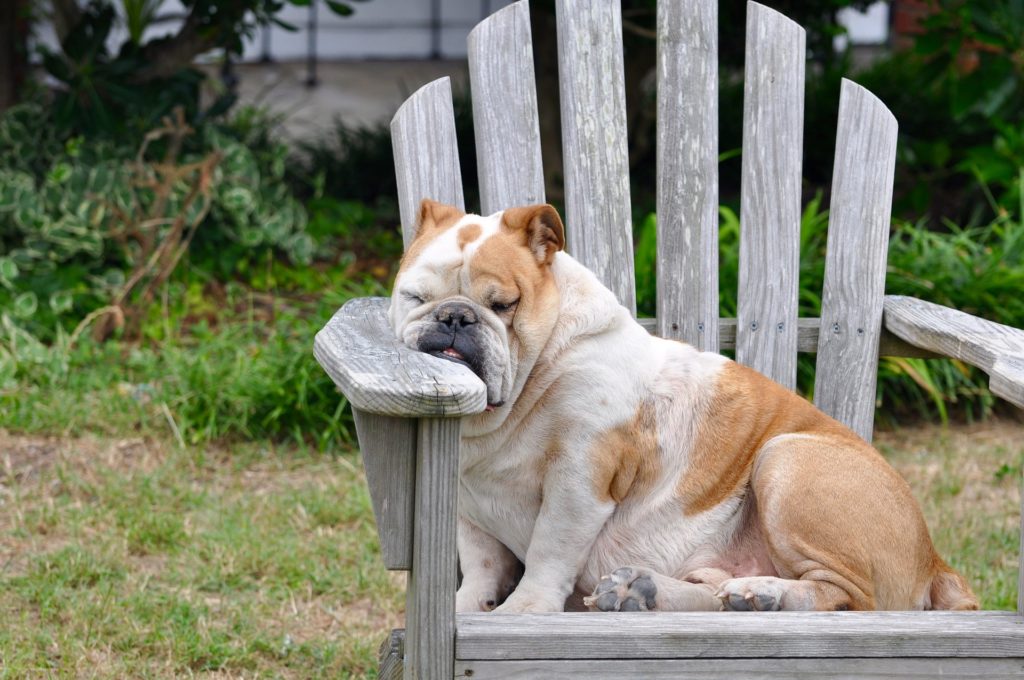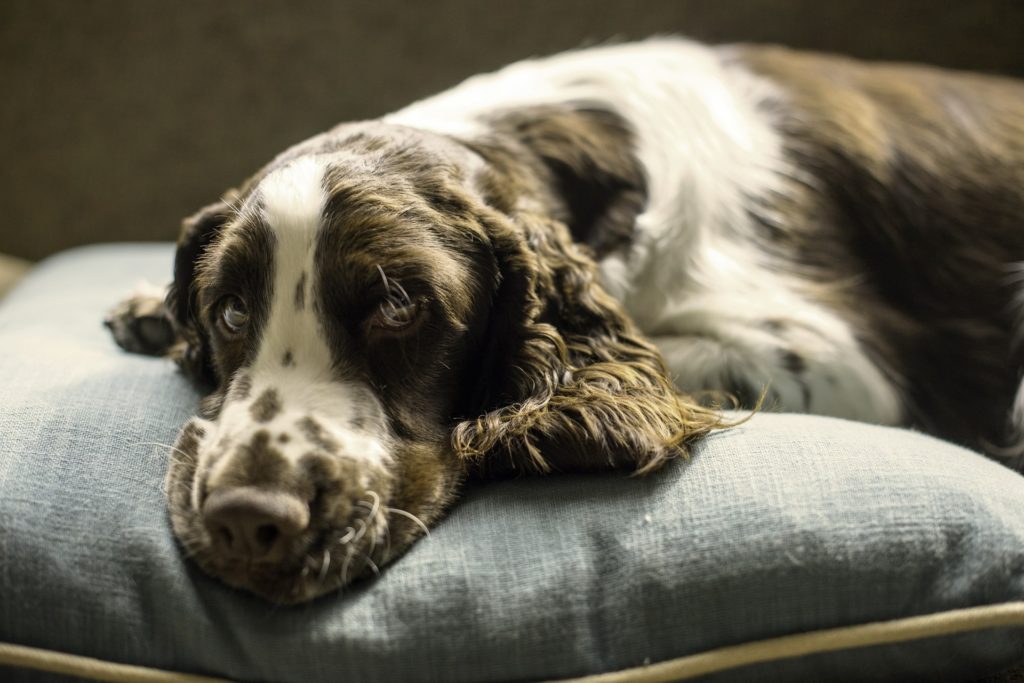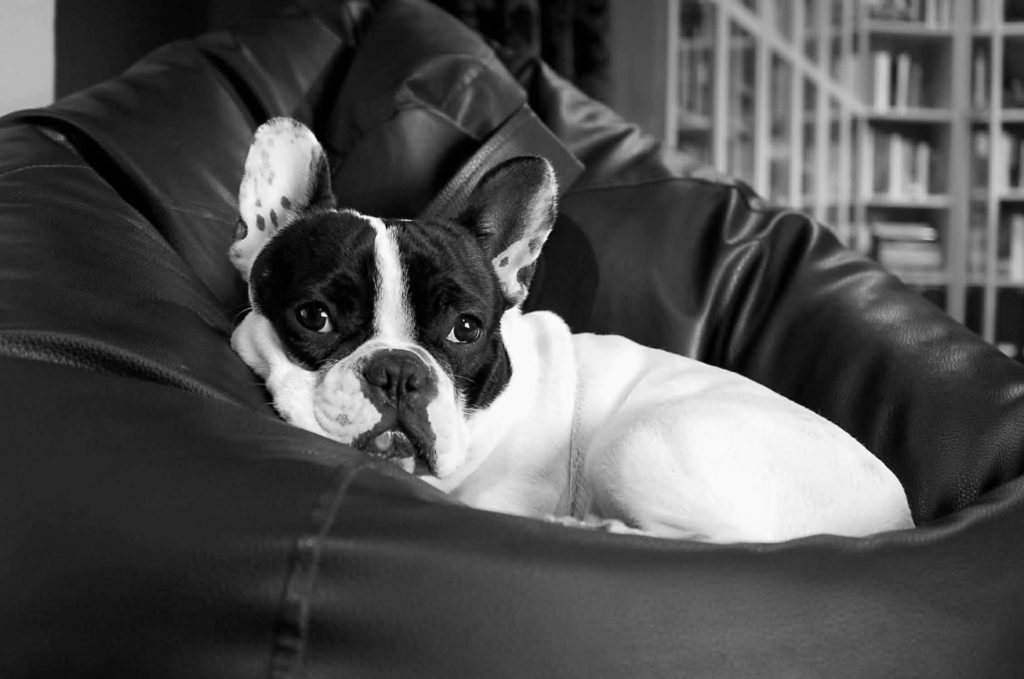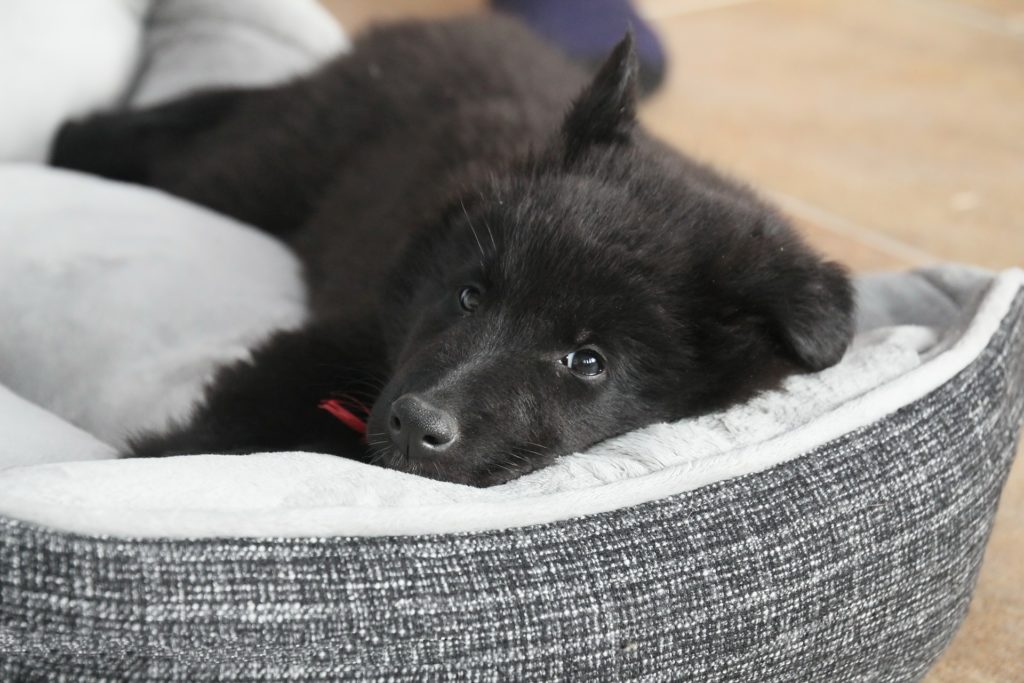The value of finding the right dog bed for your fur-baby is often underestimated, but they appreciate their dog bed as much as you appreciate your bed. This post will help to explain dog beds in a way that will help you buy one that fits your pup. Beyond the obvious reason that given the choice, dogs would rather lay on something nice and soft rather than the hard floor, but having a dog bed also protects your furniture. If your pup is busy lounging on his bed, then he isn’t scratching the furniture or getting hair and dirt all over it. Giving your dog a bed also gives them a special place that is solely theirs. Dogs are territorial by nature, so giving them a space of their own provides a sense of comfort.

Every pet parent wants the best for their good boy, but the wide selection of dog beds can be intimidating. As you start your search, there are some factors you should consider.
Factors to Consider
- Size: big dogs need big beds, and you should always try to find a bed a little bit bigger than your dog, so they have enough room to sleep however they want.
- Sleeping style: some dogs like to stretch out, and some like to curl up. Does your dog like security of being covered or burrowing? Does your dog like to lean up against something? Observe your dog’s sleeping style to find a bed that will best fit their needs.
- Age/Health: if you have an older dog or a dog with mobility issues, then you should stay away from raised beds or extremely plush beds. There are orthopedic dog beds made for older dogs, thin dogs, and dogs with mobility issues.
- Coat Thickness: does your dog get miserably hot in the summer or freeze during the winter? They have heating and cooling beds to help your pup survive the season.
- Activity level/Chewing behavior: if you know your dog makes a mess or destroys beds, don’t worry! There are special “chew-proof” beds out there, as well as beds made out of easy-to-clean material.
- Personal Preference/Budget: dog beds come in a wide variety of colors, sizes, and shapes and quality can have a wide range. With so many options out there, it won’t be hard to find the perfect bed for your pooch within your price range.
Now that you’ve considered all the factors listed above, you are ready to pick the best dog bed for your furry friend. There is a wide variety of options out there, but here is a list of the basic types of beds available.
Cushion/Pillow (Standard dog bed)

This is your average dog bed. It looks more like a pillow or cushion. These beds do not have an edge or rim around them. Standard beds come in all sizes and shapes. Common coverings for these beds are fleece, flannel, denim, faux suede, or microfiber. Fillings range from a polyester filling to foam padding. They can range from extremely plush to rather flat, but these types of beds do not have specialty padding like orthopedic beds. Some beds are filled with cedar chips to eliminate odors and deter pests. Many have removable washable covers. There can be a wide range in quality, spanning from shoddy and cheap to designer. If you have a healthy pup, these types of beds should work great. But if your dog has mobility issues, is older, or has some other need, then there are other types of beds to better fit your pooch’s needs.
Nest Bed

A nesting dog bed is essentially a standard dog bed with a raised edge or rim that only goes around a portion of the bed. The idea behind this bed is that it gives the illusion of a bird’s nest. The high sides and a deep center allows your pup to nest in the center. This type of bed is ideal for dog’s who love to curl up or dog’s who like to rest their head on something when they snooze.
Donut Bed

Donut beds are very similar to nest beds. They both are fundamentally standard dog beds with raised edges, but donut beds have raised edges that completely surround the bed. These beds are always circular or oval. The raised edges and circular shape make it resemble a donut. Donut beds are typically made of very soft material and are extremely plush. Dogs who love to curl up will love this bed. Unfortunately, donut beds are not ideal who older dogs or dogs with mobility issues. The excessive plush and raised rims might make it difficult for your pup to get in and out of the bed.
Covered Beds

The idea behind covered dog beds is that ancestral dogs were den animals. The covered bed is meant to satisfy your dog’s innate want for a den. Covered beds are just a nest or donut bed with covered top. This type of bed is very successful with smaller breeds and shy dogs who value a place to hide.
Outdoor/Elevated Beds
Dogs who spend a significant amount of time outside are ideal candidates for an elevated bed. An elevated bed gives him a place to snooze off the wet/hot/cold ground. This style of bed also provides some degree of protection against insects by not being directly on the ground. Elevated beds are usually extremely sturdy with a metal or wooden frame. Most sleeping surfaces are water resistant and easy to clean. For hot areas, getting an elevated bed with a mesh sleeping surface allows for excellent ventilation and maximizes the cooling effect. Elevated beds should be avoided for older dogs, dogs with mobility issues, or dogs predisposed to back problems (like Dachshunds) because they might have trouble navigating the bed safely.
Cooling Bed
Dogs who are prone to overheating absolutely love cooling beds. These beds are filled with a cooling gel that prevents rapid re-heating of the bed itself. Ultimately, this prolongs the cooling sensation for your dog. Different manufactures will use different cooling systems. The instructions that come with the bed should always be followed to ensure the safety of your pup.
Heating Bed
Skinny or small dogs, or dogs who hate the cold will love the heated dog beds. They incorporate similar technology to heated blankets or pads. Most of these beds do run on electricity, making them a potential fire hazard. General electricity safety procedures should be followed, as well as manufacturer instructions. Heated beds can also help soothe and increase mobility in dogs who suffer from joint pain.
Here are some more heated beds.
Kennel Bed
If your dog spends significant time in his kennel, then having a kennel bed can be more a practical solution than using blankets. Most kennel beds are a foam mattress, which is more comfortable than disposable padding or thin blankets. These beds also water resistant and easy to clean. Older or thin, bony dogs should always have a kennel bed if they spend substantial time in their kennel to alleviate pressure on their joints.
“Chew-Proof” Beds
“Chew-proof” beds come in a variety of the styles mentioned above and are made of a tough material meant to withstand a dog’s chewing. Elevated beds with a metal frame are a common type of “chew-proof” beds. Other beds are standard dog beds with a “chew-proof” removable, washable cover. This style of “chew-proof” beds are ideal for chewers who still want a comfy place to relax. Popular materials used are denim and nylon. “Chew-proof” beds can be pricier because of their use of specialized materials. Ultimately, though, if your dog has a habit of shredding beds, this bed ends up cheaper because it lasts.
With so many options out there, it is important to keep your pup’s needs in mind. Finding the right bed can alleviate pain, increase mobility, and make your pooch happier! Now that you know the basic type of dog beds out there, you are ready to make an informed decision that fits both you and your pup’s needs!
You can find the best chew-resistant dog beds on this page: The Ultimate Guide to the Best Chew-Resistant Dog Beds



2 comments for “Dog Beds Explained”